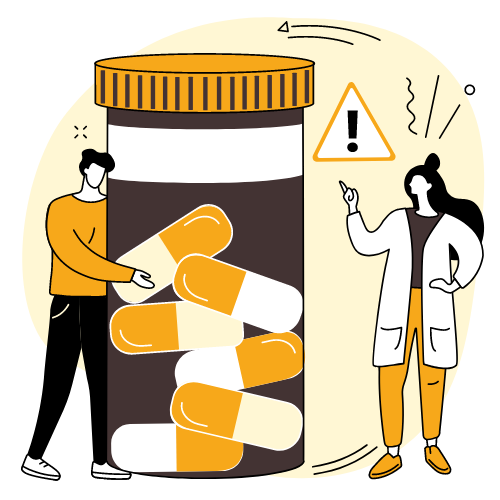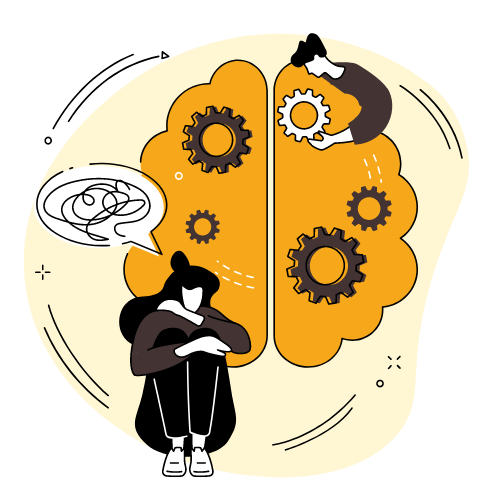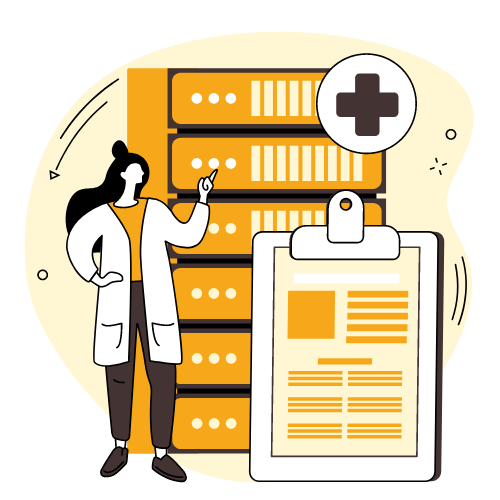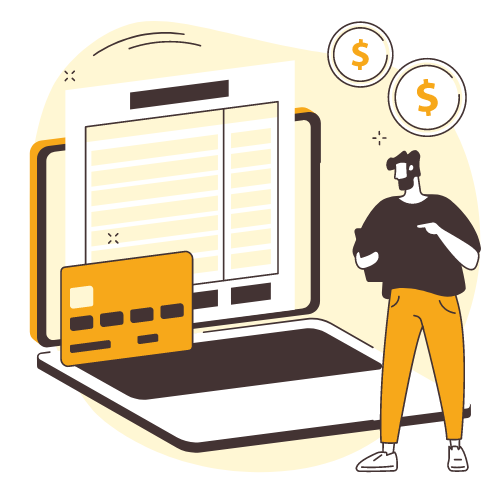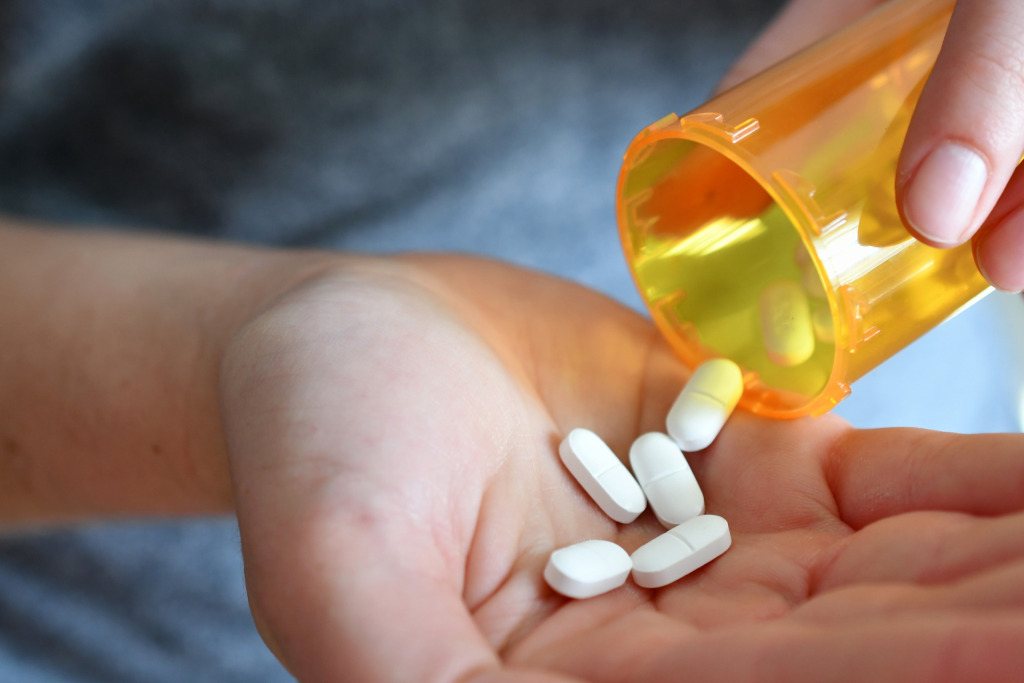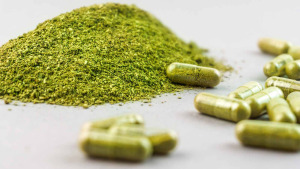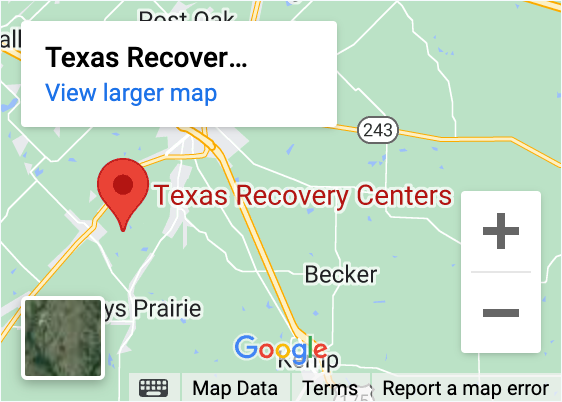With the opioid crisis continuing to rage in the U.S. it’s crucial to not only understand opioid addiction but how to get the upper hand on it. Cravings and withdrawal symptoms are probably the two most powerful motivators that keep people using.
This Texas Recovery Center blog explores the nature of opioid cravings and provides strategies for effectively fighting them. However, it’s important to note that this post is no substitute for professional medical advice or treatment—just food for thought. Let’s get into it.
Understanding Opioid Cravings
Cravings for opioids, like any other substance, are intense desires that can be both physical and psychological. These cravings often come about due to a dependence on opioids, where the brain’s reward system has been hijacked by the substance. Long-term use of opioids can change the brain’s structure and function, leading to a physical need for the drug. When someone attempts to stop using opioids, withdrawal symptoms, including intense cravings, may occur.
Countering Opioid Cravings Without Meds
Managing and eventually overcoming opioid cravings is possible. It just takes time and dedication. The most effective opioid use disorder treatment plans usually incorporate strategies that rely on medication and strategies that don’t. First, we’ll look at the non-med strategies.
Cognitive-Behavioral Therapy (CBT):
CBT helps individuals understand the triggers of their cravings and develop coping strategies. This approach teaches individuals to identify situations that may prompt drug use and find healthier ways to respond to these situations. Techniques such as self-monitoring, role-playing, and relapse prevention strategies can be very helpful.
Mindfulness and Relaxation Techniques:
Mindfulness helps people stay focused on the present moment rather than getting caught up in thoughts about the past or future. This can be particularly helpful in managing cravings, as it allows individuals to let go of the intense desire to use opioids. Relaxation techniques, such as deep breathing, progressive muscle relaxation, and yoga, can also help reduce anxiety and tension that often come with cravings.
Physical Exercise:
Regular exercise has been shown to reduce cravings in some individuals. This might be due to the release of endorphins (the body’s natural painkillers) during physical activity, which can produce feelings of well-being and help distract from cravings.
Support Groups:
Peer support, such as 12-step programs or other recovery groups, can be an invaluable source of encouragement, motivation, and understanding. Sharing experiences and strategies with others who are going through the same struggles can provide a sense of community and reduce feelings of isolation.
Countering Opioid Cravings With Meds
Medication-assisted treatment (MAT) is a critical component of a comprehensive approach to managing opioid addiction. These medications work in different ways to help reduce cravings and withdrawal symptoms. While not every person in treatment for an Opioid Use Disorder (OUD) will rely on a pharmacological solution like MAT, they should be at least considered because they have an excellent track record.
Methadone:
Methadone is a long-acting opioid that activates the same receptors as other opioids but does so more slowly. This can help reduce cravings and withdrawal symptoms without producing the same intense high. It’s less popular than it once was, in part due to buprenorphine becoming more available. Buprenorphine provides most of the same benefits, but with fewer side effects.
Buprenorphine:
Buprenorphine is a partial opioid agonist, which means it stimulates the opioid receptors but to a much lesser degree. This can reduce cravings and withdrawal symptoms and lower the risk of misuse. It’s more commonly seen under the brand names Suboxone and Subutex.
Naltrexone:
Naltrexone is an opioid antagonist, meaning it blocks the effects of opioids. This can help to eliminate the reward of opioid use, reducing cravings. Suboxone is a combination of buprenorphine and naltrexone.
Sublocade (injectable Buprenorphine):
Sublocade is a once-monthly injection of buprenorphine. This form of treatment may help with medication compliance, as it removes the need for daily dosing.
While these medications can be very effective, they should always be used under the supervision of a healthcare provider and as part of a broader treatment plan that includes therapy and support.
Help in the Battle Against Opioid Cravings
Overcoming opioid cravings is not an easy task, but it is achievable. A combination of pharmacological and non-pharmacological strategies can help people manage their cravings and move toward recovery. It’s important to remember that recovery is best thought of as a journey or a lifestyle, not a destination.
If you or someone you love could use some help in their journey towards recovery, Texas Recovery Centers would love to be part of your solution. Give us a call at: 214-295-6503
